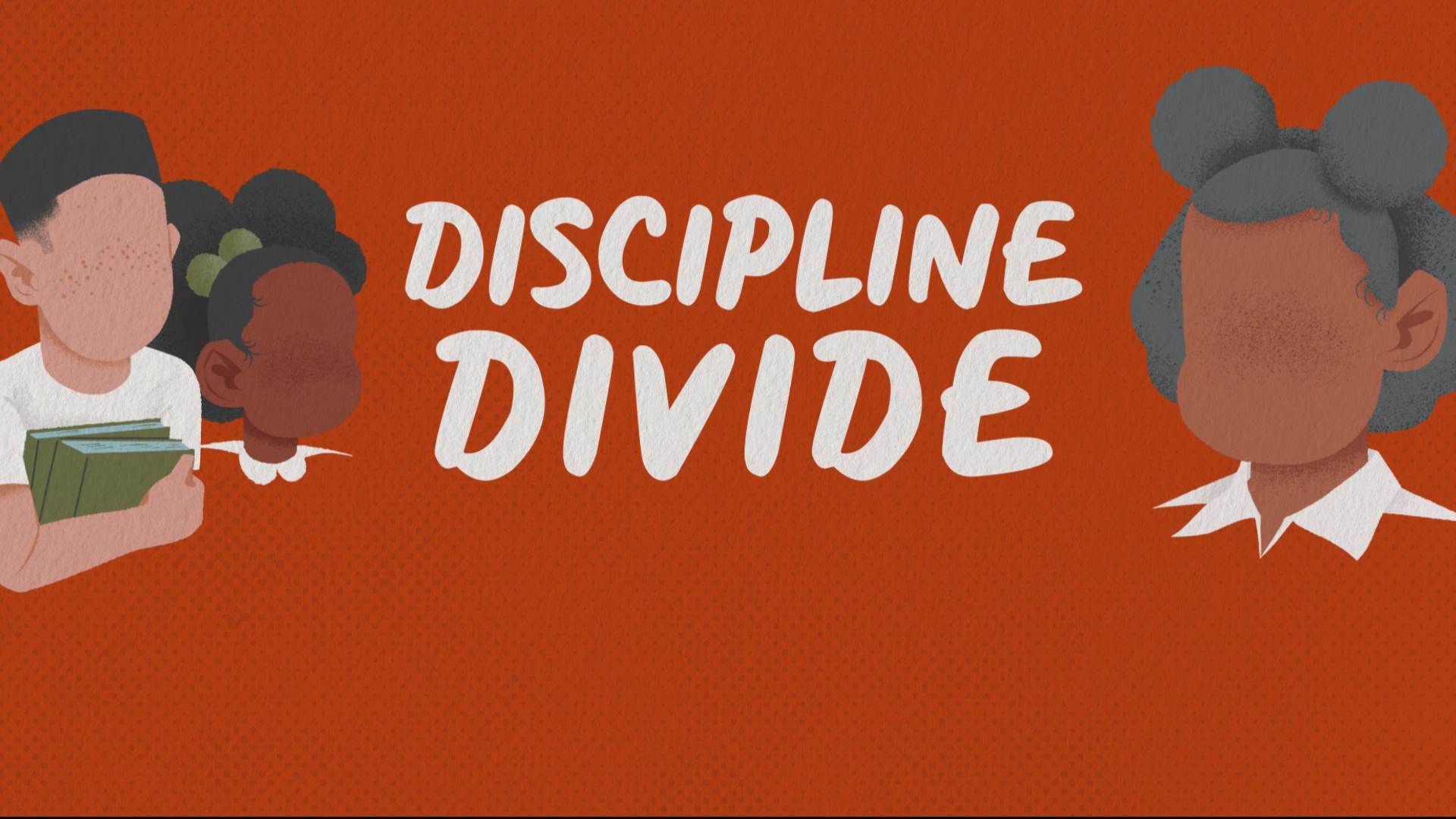For decades, Black students in the United States have lagged behind their White peers in academic achievement. Experts say many factors, including racial differences in socioeconomic status, contribute to the achievement gap.
Now there’s one dynamic impossible to ignore: notable differences in the way teachers and school administrators treat Black students.
Data collected by the U.S. Department of Education’s Office of Civil Rights shows approximately 2.7 million, or about 5% to 6% of all K-12 students received one or more out-of-school suspensions during the 2015-16 school year.
A deeper dive into those same numbers revealed Black students represented 8% of enrolled students but accounted for 25% of students who received an out-of-school suspension. Black female students, who represented 8% of total student enrollment, accounted for 14% of out-of-school suspensions.
The statistics illustrate children can be pegged as troublemakers before they even start kindergarten.
U.S. Education Department data from the 2013-14 school year showed Black Children represent 19% of preschool enrollment but 47% of preschool children receiving one or more out-of-school suspensions.
In comparison, White children represent 41% of preschool enrollment, but 28% of preschool children receiving one or more out-of-school suspensions.
Disciplinary actions are often associated with a range of negative life outcomes. Students who are suspended are more likely to drop out of school and have run-ins with the criminal justice system, according to the research.
Black students also face pervasive prejudices when it comes to gaining access to advanced coursework.
►Make it easy to keep up-to-date with more stories like this. Download the WHAS11 News app now. For Apple or Android users.

